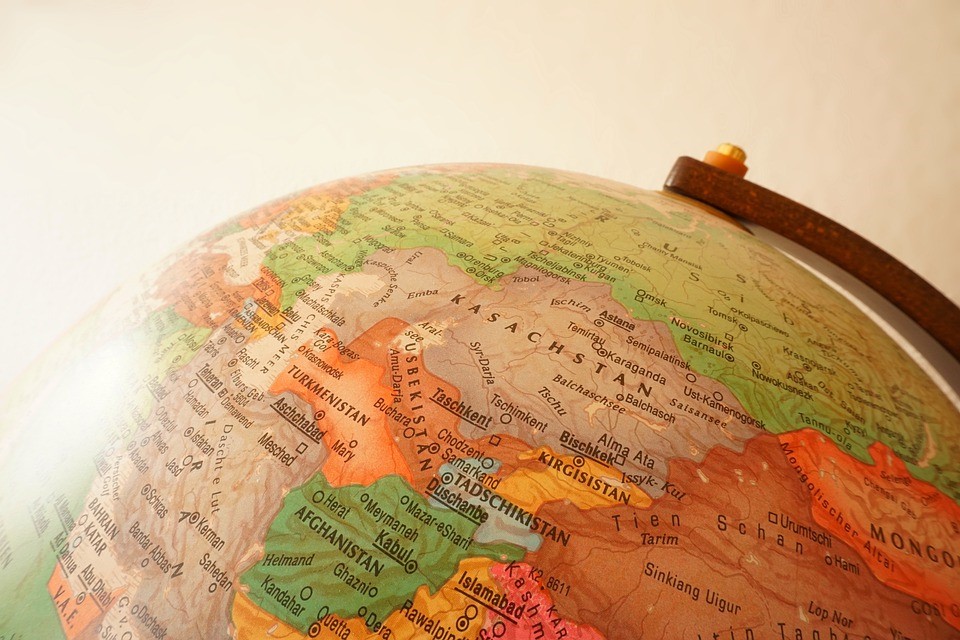While television screens across the world are filled with dramatic images of kinetic warfare ongoing in Ukraine this week, there is a significant but overlooked economic battle being waged in the Central Asian states. It is receiving little media attention despite its potential to destabilize the entire region. China’s BRI debt trap has ensnared several of the central Asian nations, including Kyrgyzstan and Tajikistan. What started in Kyrgyzstan in 2008 as a $10 million bill owed to China, now tops $4 billion and is growing beyond the country’s ability to pay. It dwarfs the economy and now accounts for 45% of the nation’s sovereign debt, which totals 30% of its annual GDP. Tajikistan is in a similar bind as almost half of its sovereign debt, making up more than 27% of its GDP, is owed to China. According to Sergei Gretsky, of the Jamestown Foundation, “Unlike Kazakhstan, Turkmenistan, and Uzbekistan, Kyrgyzstan and Tajikistan have less diversified and resource-rich economies and, thus, lack collateralizable assets to secure loans… most of the loans China has extended them are sovereign loans—i.e., direct loans to the government, whose repayment the latter guaranties regardless of the project’s profitability.”
Tajikistan and Kyrgyzstan’s repayment terms are not directly tied to the profitability of the respective projects. The terms of these loans explicitly hide transparency and in some cases the very existence of the loan itself. Gretsky points out that Bishkek and Dushanbe are in “no position to protest,” unlike Kazakhstan, where President Kassym-Jomart Tokayev suspended the Astana Light Rail Project in 2019 due to charges of rampant corruption. That loan was funded by a $1.5 billion loan from the China Development Bank and backed by a sovereign guarantee.
Last year a study by the Center for Global Development in Washington unveiled Chinese credit practices by offering a first-of-its-kind analysis of 100 contracts awarded to 24 developing countries in Africa and Asia, Europe and Latin America, including Montenegro, Kyrgyzstan and Serbia, according to Reed Standish, writing for the www.azattyq.org news website in Kazakhstan. How China protects its financial interests has come under scrutiny as some provisions allow Chinese companies to confiscate property or assets in the event of non-compliance with payment obligations, raising concerns about the seizure of land or other assets and the huge debts that leave the government in debt to Beijing, notes Standish.
When Beijing offers grants, instead of predatory loans, they usually are earmarked for projects that project China in a good image or are symbolic. Rather than revenue-generating projects China ensures that these grants cement political alliances and the diplomatic ties it needs to push forward its BRI Initiative. Kyrgyzstan and Tajikistan are in “no position to confront China, reject non-viable projects, or prevent the further slide into a debt trap,” according to Gretsky, as both have only two options when it comes to repayment. They can restructure and reschedule the debt to obtain short-term relief at a great increase in overall cost or default, as occurred with Sri Lanka’s Columbo port project. The port is now under Chinese control.
Kyrgyzstan and Tajikistan’s main asset that has possible value for Beijing is the energy from water resources and hydropower. Kazakhstan, Turkmenistan, and Uzbekistan are downstream. China could require the transfer of these water resources and hydropower stations from the upper reaches. China has only one glass of clean drinking water for every four available in the United States. Its demand is growing along with the Xinjiang economy in China’s western regions. Beijing has a long-standing water dispute with Kazakhstan that goes back to the 1990’s, when China started extracting additional water from 20 transboundary rivers to supply its needs. The ongoing dispute could entangle several of the Central Asian states and China and expand into an armed conflict over the critical resource. Once China controls all the upper reaches it will have additional influence over those states downstream. That will allow Beijing to force them into its geopolitical order. China already diverts over a billion cubic meters of water annually from several of these rivers. Gretsky suggests that the “BRI initiative looks increasingly less a win-win proposition and more like a threat to the sovereignty and economic prosperity of the Central Asian states.” The renowned historian Michael Howard, writing in 2009, pointed out that war is as much about economics today as it is about a country’s military expertise. Predatory loans and water rights in Central Asia could ignite a new kinetic conflict in the region or at a minimum, the emergence of strong Sinophobic currents in Kazakh society if no compromise is found.
Daria Novak served in the U.S. State Department.
